Description
Your upper elementary students can enjoy 298 pages of life science, earth science, and physical science with this collection. Each book presents topics in a simple, bite-sized format that is easy to read and eliminates the overwhelm of some science textbooks. With this collection, they’ll study animal groups and relationships; animal and plant classification; ecosystems; invertebrates; plant life cycles, pollination, and reproduction; volcanoes, earthquakes, and plate tectonics; Earth’s sun and moon; electricity, circuits, and safety; forces and motion; and stars, comets, and wonders of space. Ages 8-13. See a preview of each title at the links below.
The notebooks are the perfect science extension activity for students who enjoy drawing and sketching. They also include opportunities for them to draw and label numerous illustrations. Answer key included. 283 pages total.
All measurements are given in both English and metric. This title does not discuss origins or the age of the earth. If you would like to explore the topics in this book from a Creation science worldview, free downloadable discussion helps are available.
Animal Groups & Relationships: Why do animals cooperate? What’s the difference between cooperation and symbiosis? And what are the different kinds of symbiosis? Help children learn the answers to these questions and more as they examine why animals cooperate; what mutualism, commensalism, and parasitism are; and what the difference is between an endoparasite and an ectoparasite. Numerous examples are given to help explain these relationships and the pros and cons of each. A multitude of illustrations make these concepts accessible and easier to understand.
At the end of the unit, students can review 9 key vocabulary words, match the names of various animal groups to the examples given, and enjoy a review activity. Students can also personalize the book by coloring the illustrations if desired. Answer keys are provided. 21 pages total.
Classification of Living Things: How do scientists keep track of so many millions of kinds of animals and plants? They use taxonomy, and in this unit, students discover the basics behind classification in both the animal and plant kingdoms, starting at the domain level and following through to the species. Scientific names, what it means to be a living thing, and basic resources living things need are also discussed. A multitude of illustrations make these concepts accessible and easier to understand.
At the end of the unit, students can review 19 vocabulary words, fill in the 8 levels of scientific classification on a diagram, and enjoy a review activity. Students can also personalize the book by coloring the illustrations if desired. Answer keys are provided. 21 pages total.
Earth’s Sun and Moon and Their Patterns: There’s nowhere on Earth that isn’t affected by the sun and moon, but their patterns at times can seem confusing. Starting with the sun, this unit looks at the layers of the sun, solar wind, sunspots, prominences, and solar flares. It then looks at physical features of the moon such as craters, lunar mountains, maria, and rilles. Next, rotation, revolution, and orbits are discussed, along with day and night, the tilt of the Earth, the seasons, solstices, equinoxes, and climate. The eight phases of the moon are explored, along with the moon’s effect on ocean tides on Earth. The book concludes with an explanation of a solar eclipse and a lunar eclipse. A multitude of illustrations make these concepts accessible and easier to understand.
At the end of the unit, students can review 34 vocabulary words, label the parts of the sun, and enjoy a review activity. Students can also personalize the book by coloring the illustrations if desired. Answer keys are provided. 27 pages total.
Ecosystems: From producers and consumers to populations and communities, this unit explores the many parts of an ecosystem and how they work together. It starts with an explanation of an ecosystem, using Yellowstone National Park and Monterey Bay as examples. It explains community and populations and then moves on to producers, primary consumers, secondary consumers, tertiary consumers, and decomposers. It looks at the energy, or trophic, pyramid, and looks at several food webs to see it all in action. It also explores endangered plants and animals, invasive species, and the big effect small actions can sometimes have, for good or bad. A multitude of illustrations make these concepts accessible and easier to understand.
At the end of the unit, students can review 17 vocabulary words, label an ecosystem and an energy pyramid, and enjoy a review activity. Students can also personalize the book by coloring the illustrations if desired. Answer keys are provided. 21 pages total.
Electricity, Circuits & Safety: Beginning with a short history of the study of electricity, this book explores what electricity is, how static electricity works, what a circuit needs, the difference between an open and closed circuit, how a series and a parallel circuit work, how electricity is measured, the differences between several popular types of light bulbs, how electricity is generated, and how it is transmitted. It concludes with some safety tips for families when dealing with electricity. A multitude of illustrations make these concepts accessible and easier to understand.
At the end of the unit, students can review 33 vocabulary words, label open and closed circuits, and enjoy a review activity. Students can also personalize the book by coloring the illustrations if desired. Answer keys are provided. 26 pages total.
Please note: this book is not an instructional guide to building circuits or working with electricity. It is meant only to explain concepts and principles related to electricity.
Forces and Motion: In this physical science unit, students are introduced to Newton’s laws of motion, including the law of inertia. It looks at friction, lubrication, mass, acceleration, and gravity. It also looks at how magnets work, the force of magnetism, types of magnets, magnetic fields, the Earth’s magnetic field, and electromagnetism. A multitude of illustrations make these concepts accessible and easier to understand.
At the end of the unit, students can review 12 vocabulary words, label magnets and magnetic fields, and enjoy a review activity. Students can also personalize the book by coloring the illustrations if desired. Answer keys are provided. 21 pages total.
Plant Life Cycles, Pollination & Reproduction: In this life science unit, students take a close look at the world of plants, from vascular plants to simple green plants, angiosperms and gymnosperms, lichen, fungi, yeast, molds, mushrooms, and more. They learn the many parts of a flowering plant and how reproduction happens. They also learn about the parts of seeds and several methods of seed dispersal. Next, they learn about several types of asexual reproduction such as vegetative propagation, fragmentation, tubers, runners, and bulbs. They look at ferns and learn about alternation of generations. Lastly, they learn about algae, moss, fungus, budding, and lichen. A multitude of illustrations make these concepts accessible and easier to understand.
At the end of the unit, students can review 40 vocabulary words, label parts of a flower and seeds, and enjoy a review activity. Students can also personalize the book by coloring the illustrations if desired. Answer keys are provided. 28 pages total.
Invertebrates: Dive into the world of invertebrates through more than 250 illustrations! In this unit, students learn about the members of 8 phyla, 4 subphyla, 5 classes, and 10 orders. They’ll meet more than 120 animals, enjoy 15 detailed drawings of animal anatomy, and learn about the life cycles of 15 animals including the octopus, squid, crab, starfish, and many more.
At the end of the unit, students can review 32 vocabulary words, label 15 animal drawings, and enjoy a review activity. Students can also personalize the book by coloring the illustrations if desired. Answer keys are provided. 80 pages total.
Volcanoes, Earthquakes & Plate Tectonics: Help students explore deep underground with this earth science unit about volcanoes, earthquakes, and plate tectonics. It begins with a review of the layers of the Earth and then explores the continental and oceanic crusts, the lithosphere and asthenosphere, plate boundaries, and subduction. It then explores earthquakes, types of faults, tsunamis, the Richter scale, and several historic earthquakes. The unit concludes with a look at the parts of a volcano, types of volcanoes, indications of a pending eruption, and several historic volcanic eruptions. A multitude of illustrations make these concepts accessible and easier to understand.
At the end of the unit, students can review 42 vocabulary words, label the layers of the Earth and the parts of a volcano, and enjoy a review activity. Students can also personalize the book by coloring the illustrations if desired. Answer keys are provided. 33 pages total.
Understanding Stars, Comets & Other Wonders of Space: Help students take a closer look at the wonders of space with this physical science unit. They learn about the difference between stars and planets, the types of stars, the main sequence stars, constellations, planetary nebulas, pulsars, asteroids, meteors, comets, black holes, and more. A multitude of illustrations make these concepts accessible and easier to understand.
At the end of the unit, students can review 17 vocabulary words, label parts of a comet and a black hole, and enjoy a review activity. Students can also personalize the book by coloring the illustrations if desired. Answer keys are provided. 20 pages total.
Discussion Helps: Free discussion guide to help you explore the topics in the Learning About Science Level 4 series from a Creation science worldview.
Animal Groups & Relationships Notebook: Animal Groups & Relationships topics include cooperation, symbiosis, mutualism, commensalism, parasitism, endoparasites, ectoparasites, and more.
Classification of Living Things Notebook: Classification of Living Things topics include a look at taxonomy and the basics behind classification in both the animal and plant kingdoms, starting at the domain level and following through to the species. Scientific names, what it means to be a living thing, and basic resources living things need are also discussed.
Earth’s Sun and Moon and Their Patterns Notebook: Earth’s Sun and Moon and Their Patterns topics include the layers of the sun, solar wind, sunspots, prominences, and solar flares; physical features of the moon such as craters, lunar mountains, maria, and rilles; rotation, revolution, orbits, day and night, the tilt of the Earth, the seasons, solstices, equinoxes, and climate; the eight phases of the moon and the moon’s effect on ocean tides on Earth; and solar and lunar eclipses.
Ecosystems Notebook: Ecosystems topics include communities, populations, primary consumers, secondary consumers, tertiary consumers, decomposers, the energy (tropic) pyramid, food webs, endangered plants and animals, invasive species, and the big effect small actions can sometimes have, for good or bad.
Electricity, Circuits & Safety Notebook: Electricity, Circuits & Safety topics include a short history of the study of electricity, what electricity is, how static electricity works, what a circuit needs, the difference between an open and closed circuit, how a series and a parallel circuit work, how electricity is measured, the differences between several popular types of light bulbs, how electricity is generated and transmitted, and safety tips for dealing with electricity.
Forces and Motion Notebook: Forces and Motion topics include Newton’s laws of motion (including the law of inertia), friction, lubrication, mass, acceleration, gravity, how magnets work, the force of magnetism, types of magnets, magnetic fields, the Earth’s magnetic field, and electromagnetism.
Invertebrates Notebook: Invertebrates topics include a closer look at the members of 8 phyla, 4 subphyla, 5 classes, and 10 orders including sponges; cnidarians (such as jellyfish and coral); flatworms; segmented worms; roundworms; flukes; echinoderms; mollusks (including bivalves, cephalopods, and gastropods); and arthropods including myriapods and crustaceans; arachnids including ticks, mites, scorpions, and spiders; and insects such as bees, wasps, flies, moths, butterflies, and much more. The life cycles of numerous invertebrates are also explored.
Plant Life Cycles, Pollination, and Reproduction Notebook: Plant Life Cycles, Pollination, and Reproduction topics include vascular plants; simple green plants; angiosperms; gymnosperms; yeast; molds; mushrooms; parts of a flowering plant; plant reproduction; parts of seeds and several methods of seed dispersal; several types of asexual reproduction such as vegetative propagation, fragmentation, tubers, runners, and bulbs; ferns and alternation of generations; and algae, moss, fungus, budding, lichen, and more.
Understanding Stars, Comets & Other Wonders of Space Notebook: Understanding Stars, Comets & Other Wonders of Space topics include the difference between stars and planets, the types of stars, the main sequence stars, constellations, planetary nebulas, pulsars, asteroids, meteors, comets, black holes, and more.
Volcanoes, Earthquakes & Plate Tectonics Notebook: Volcanoes, Earthquakes & Plate Tectonics topics include the layers of the Earth, the continental and oceanic crusts, the lithosphere and asthenosphere, plate boundaries, subduction, earthquakes, types of faults, tsunamis, the Richter scale, several historic earthquakes, the parts of a volcano, types of volcanoes, indications of a pending eruption, and several historic volcanic eruptions.

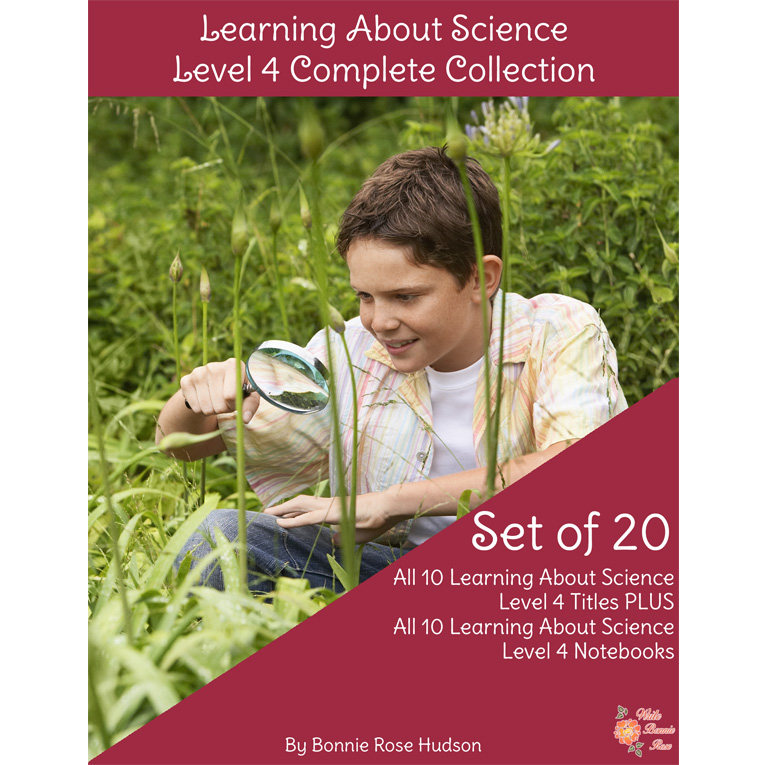
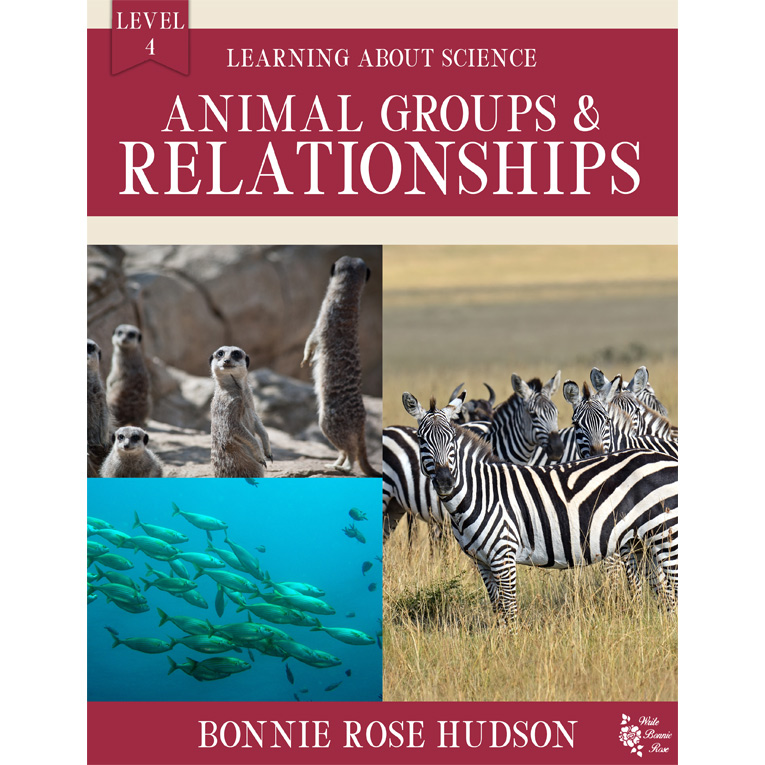
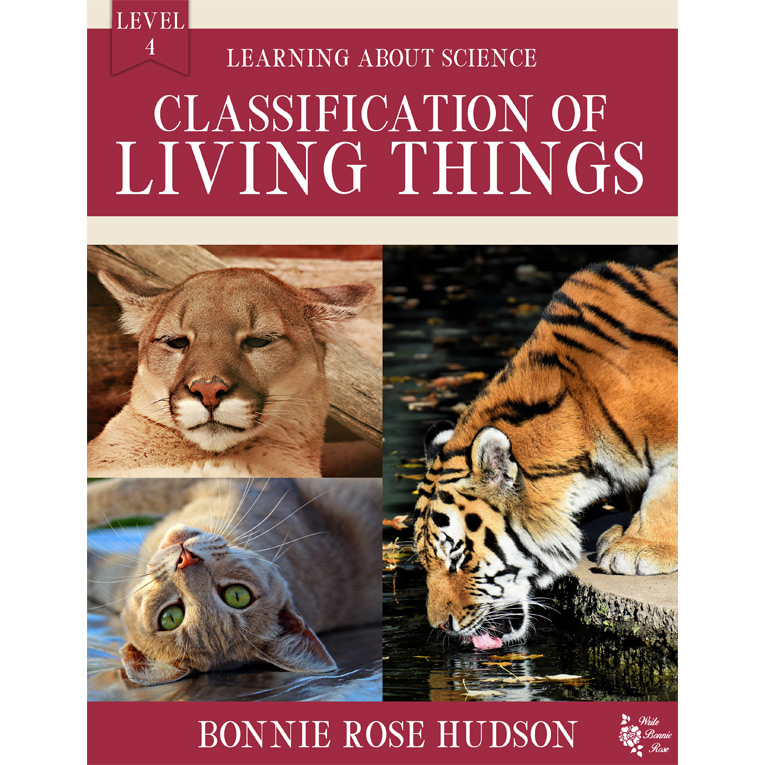
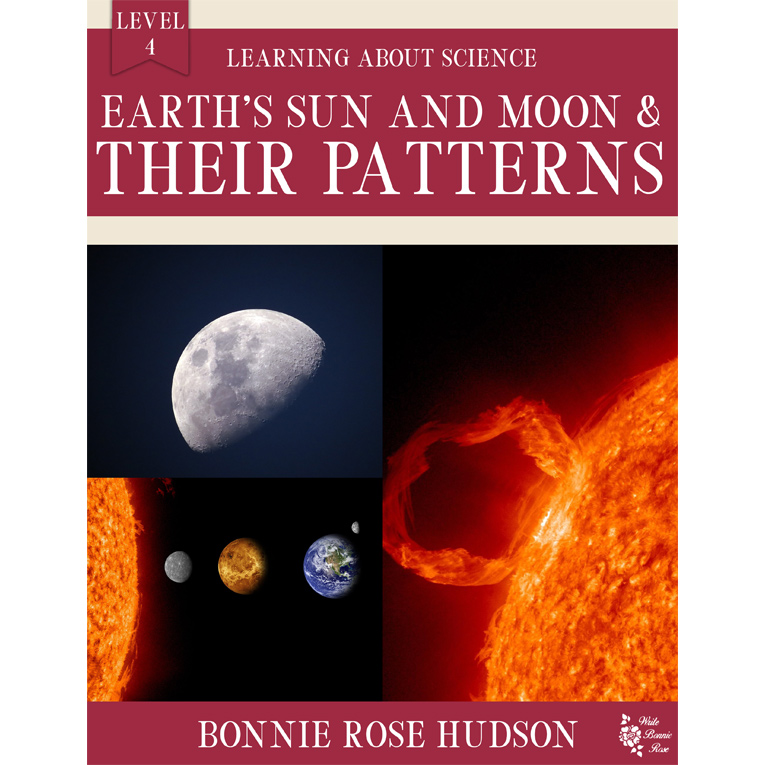
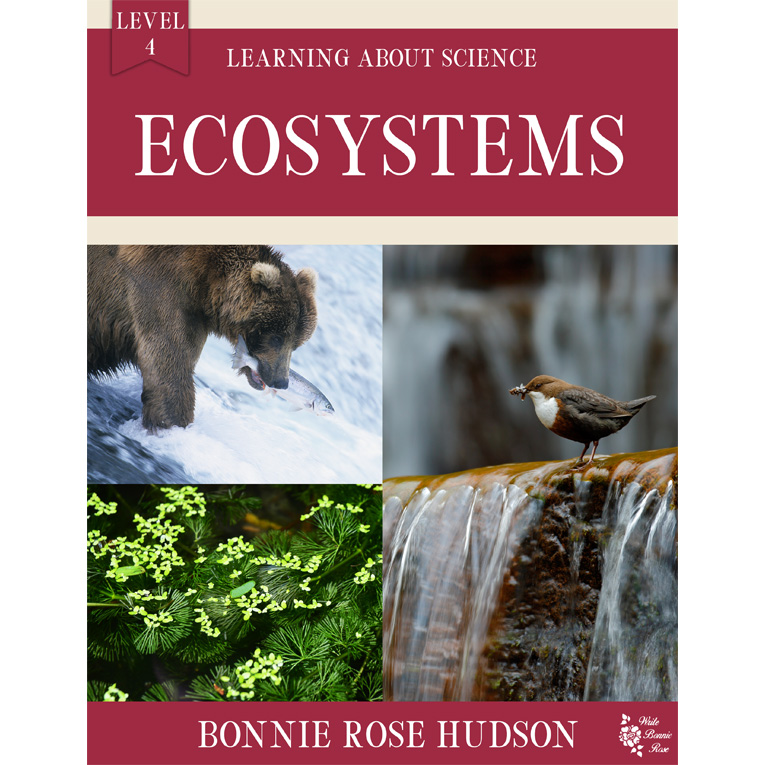

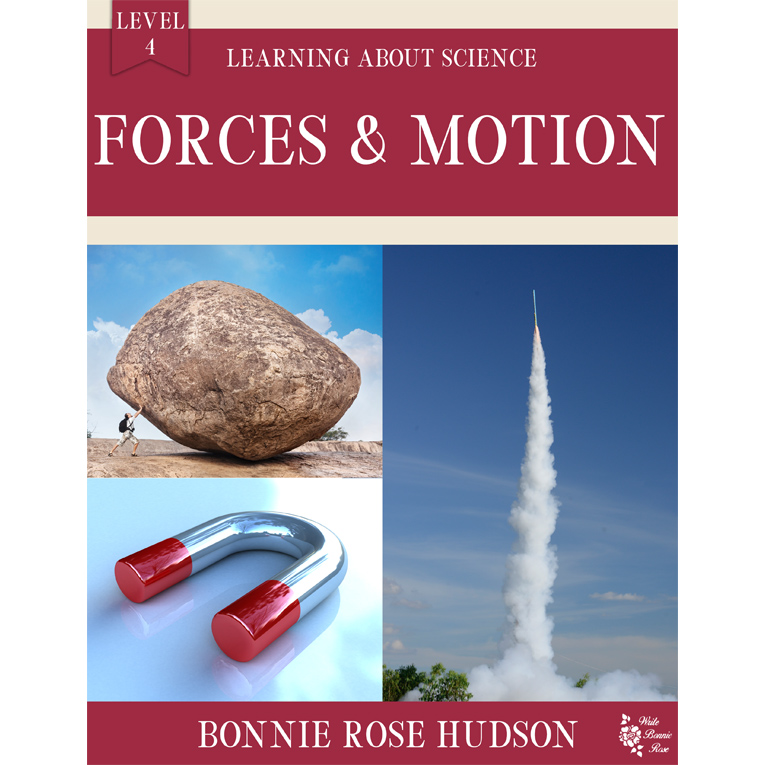
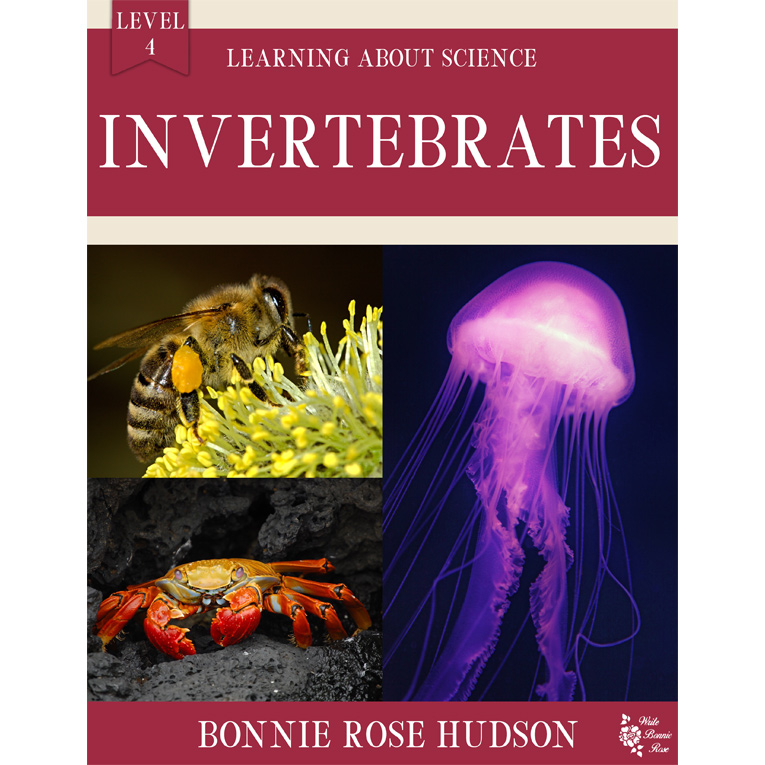

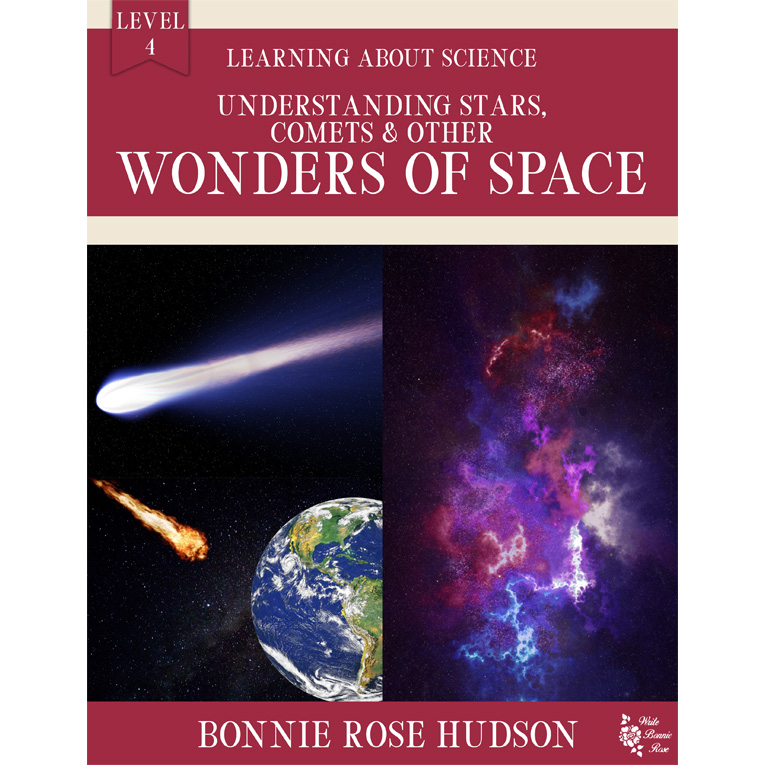
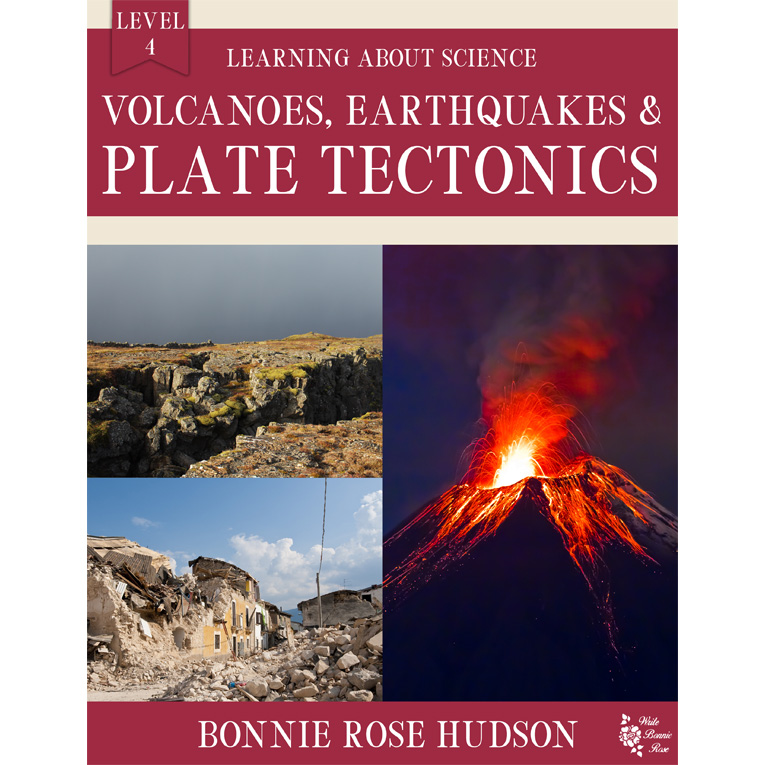
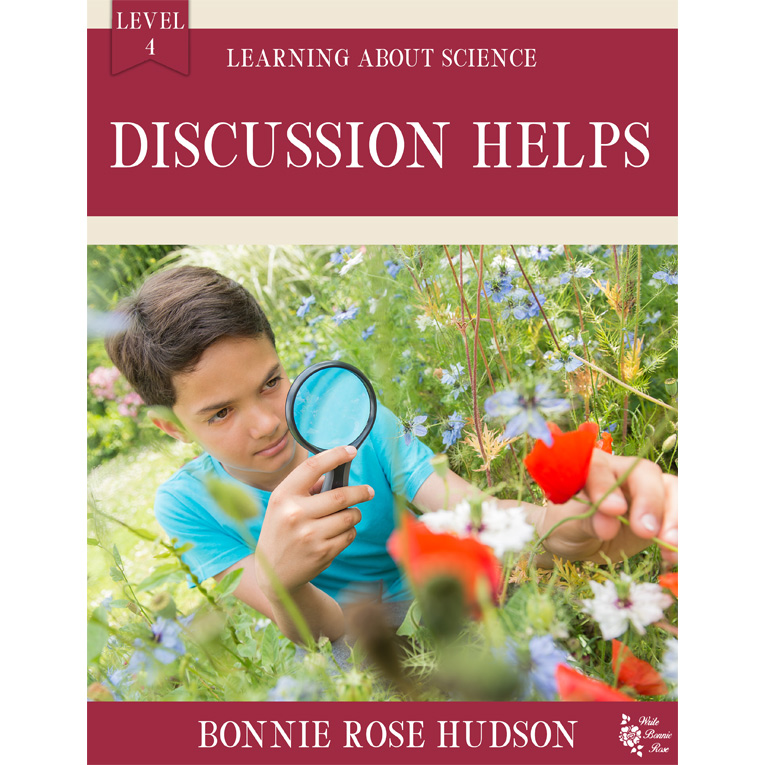
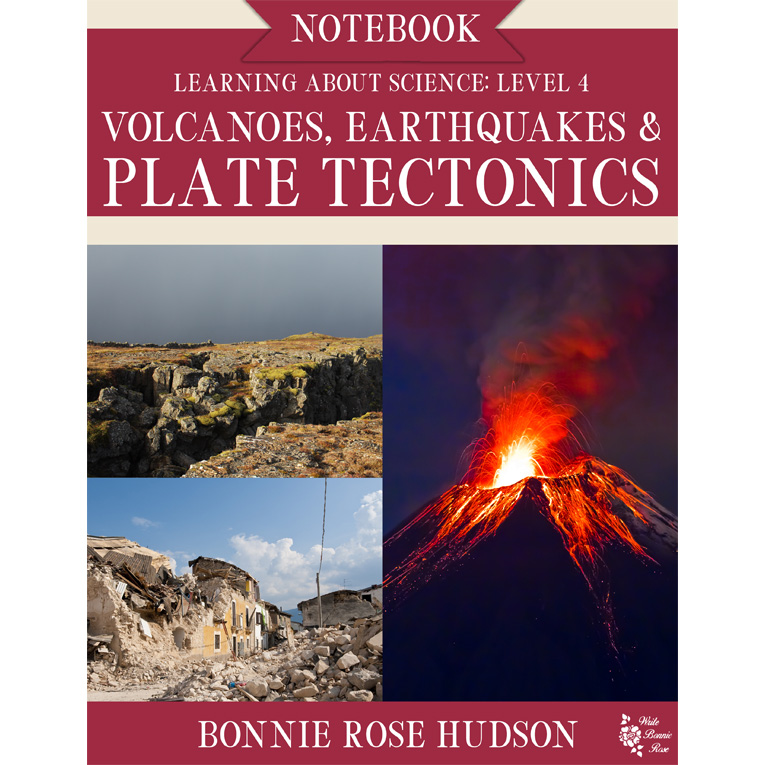
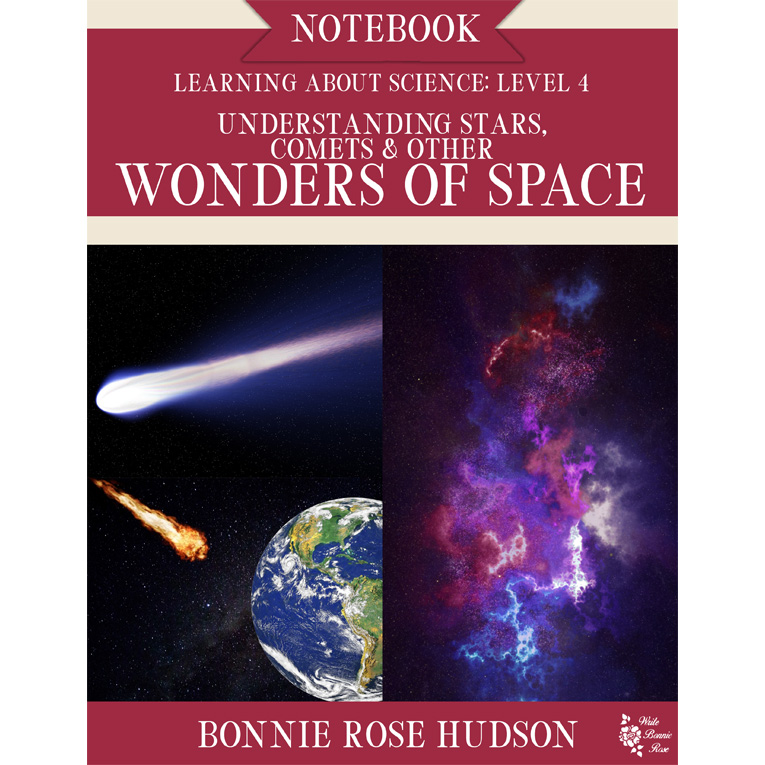
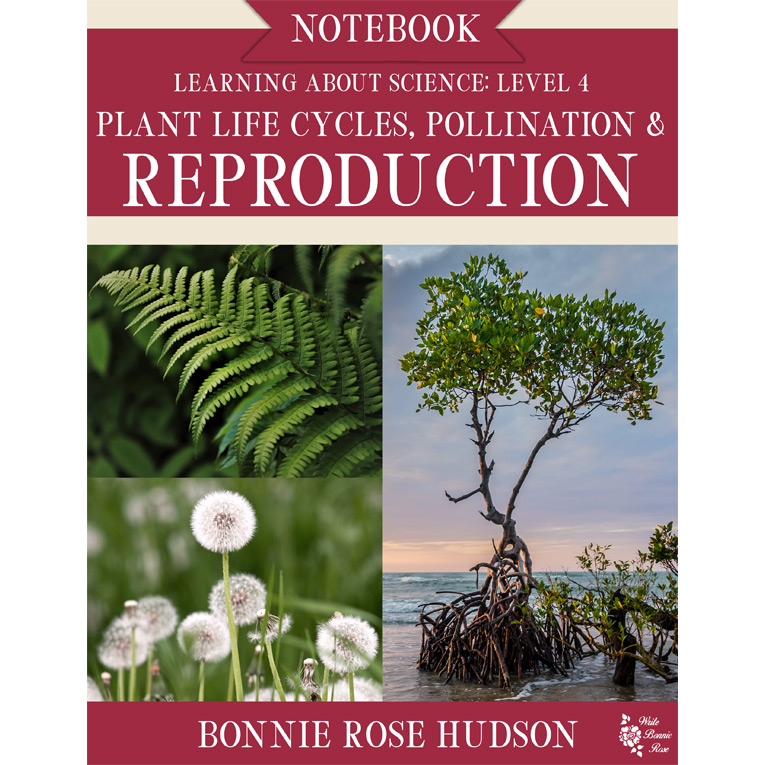
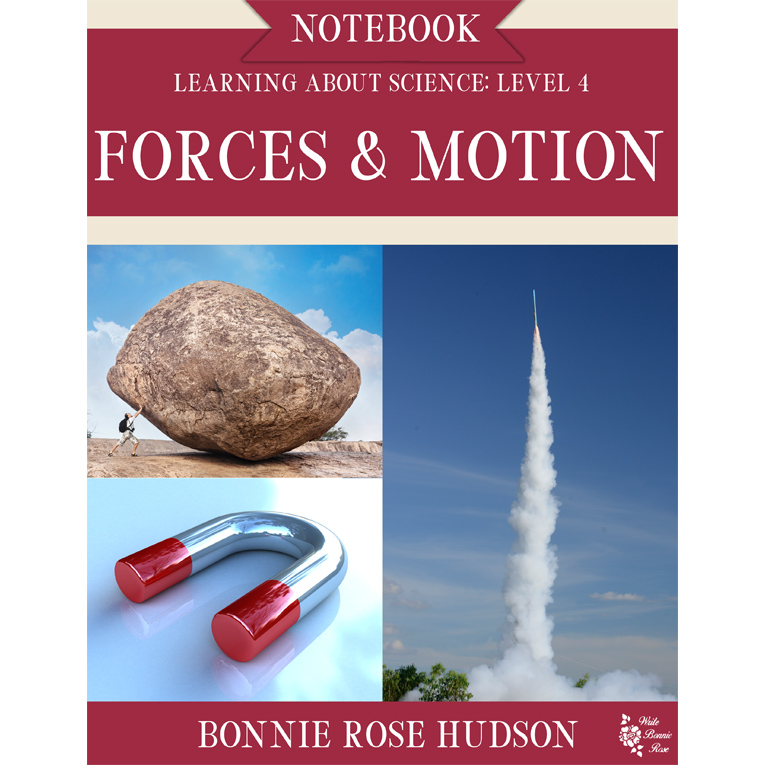

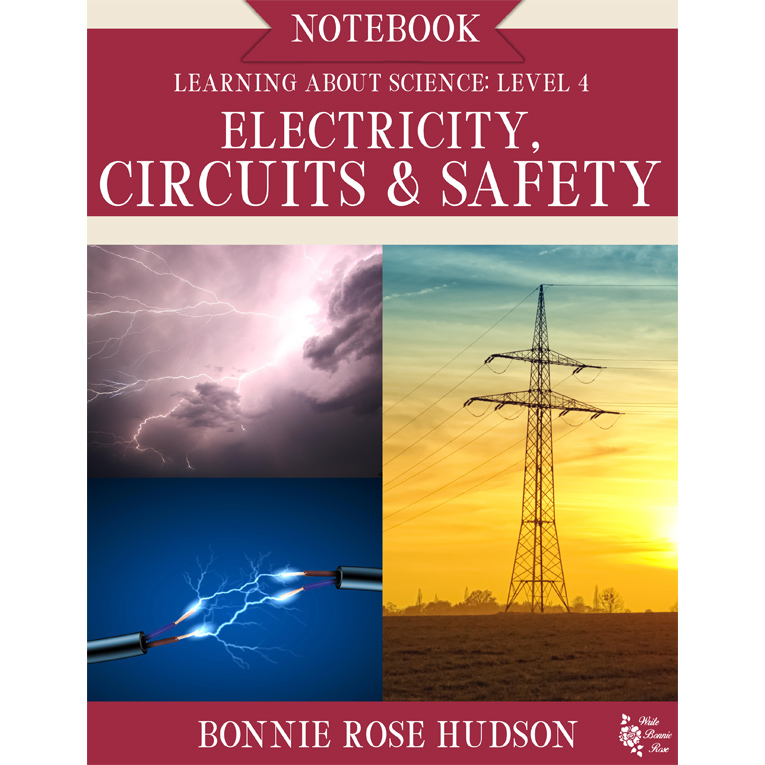
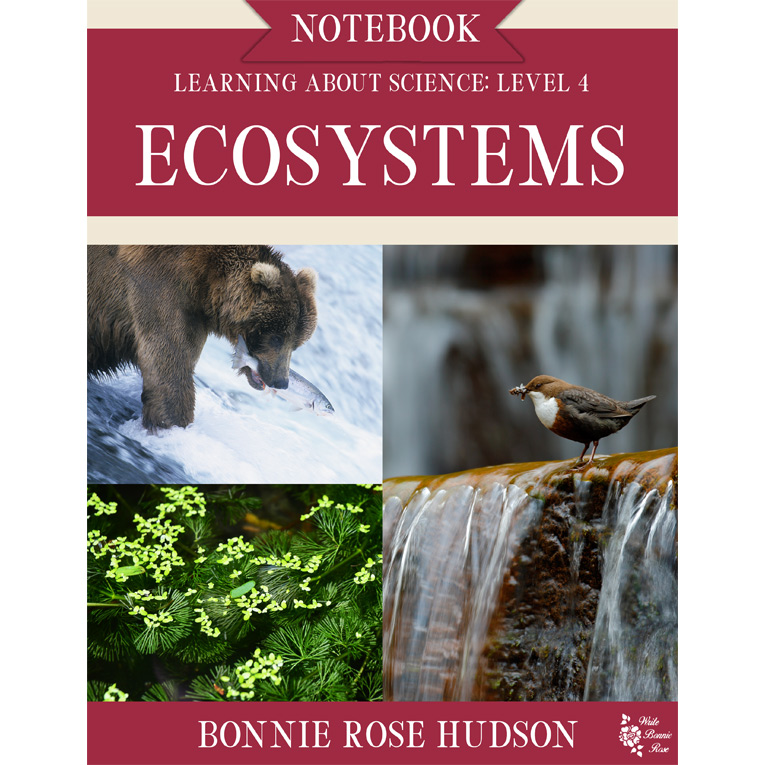
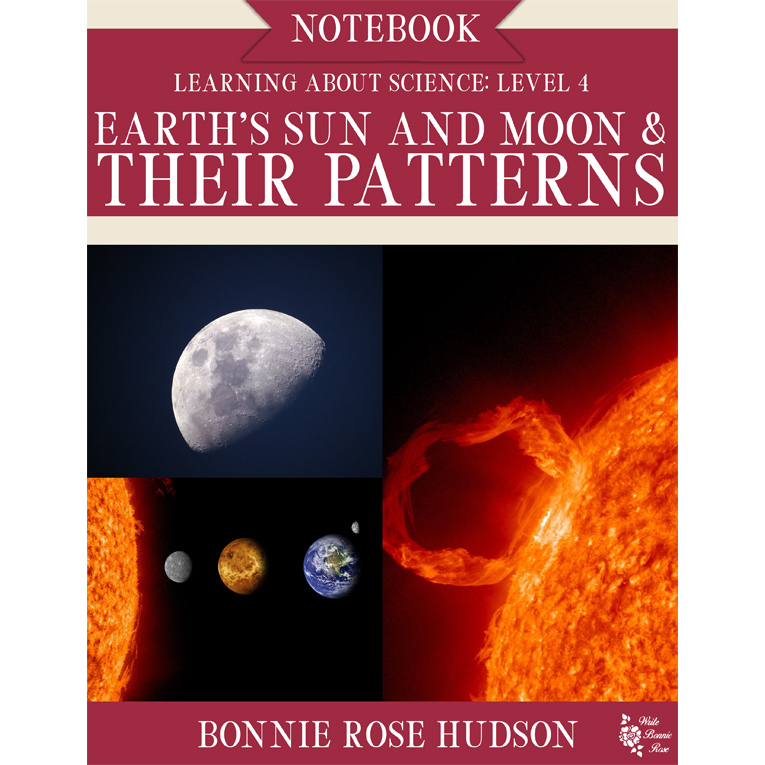
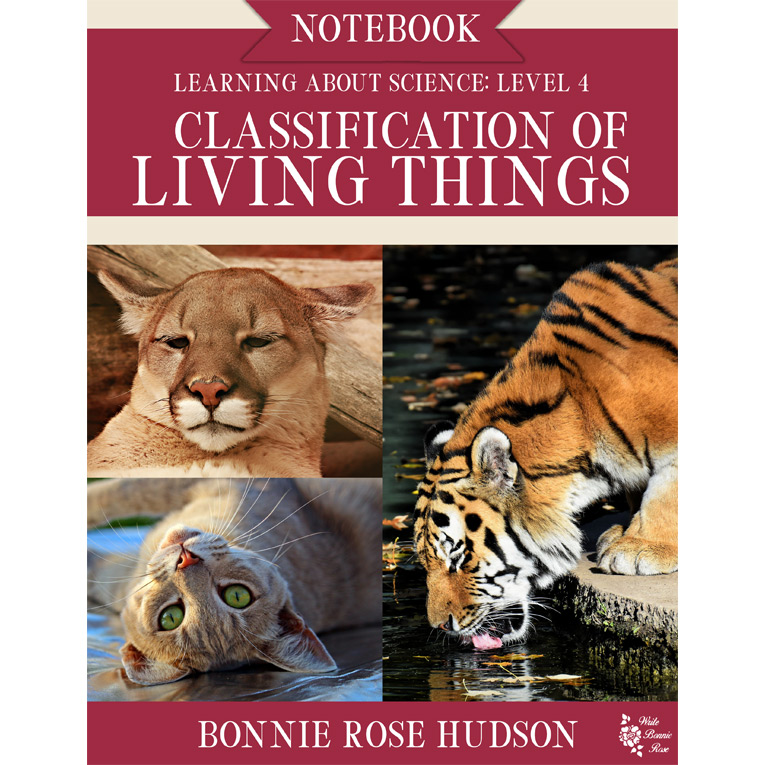
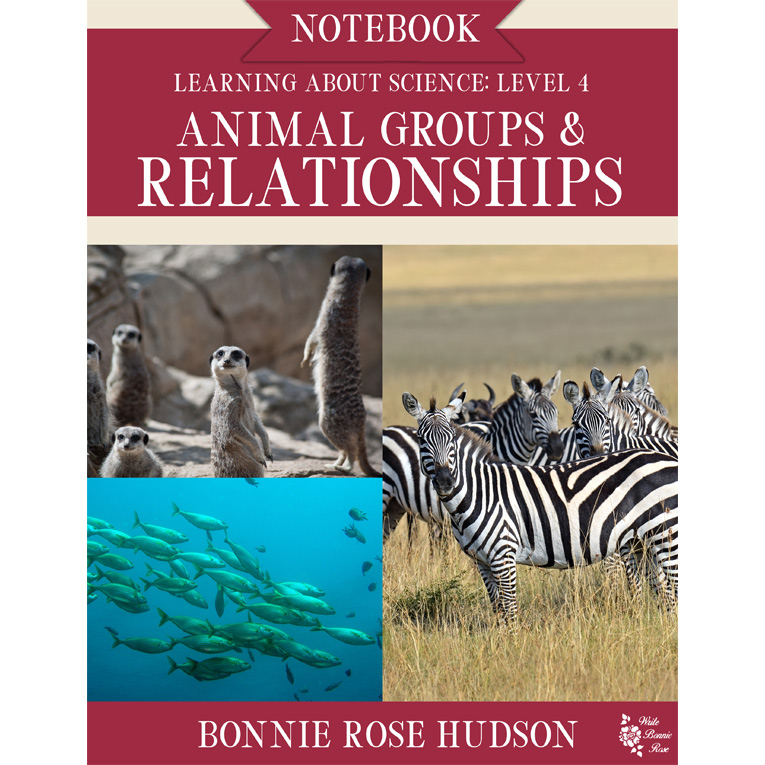
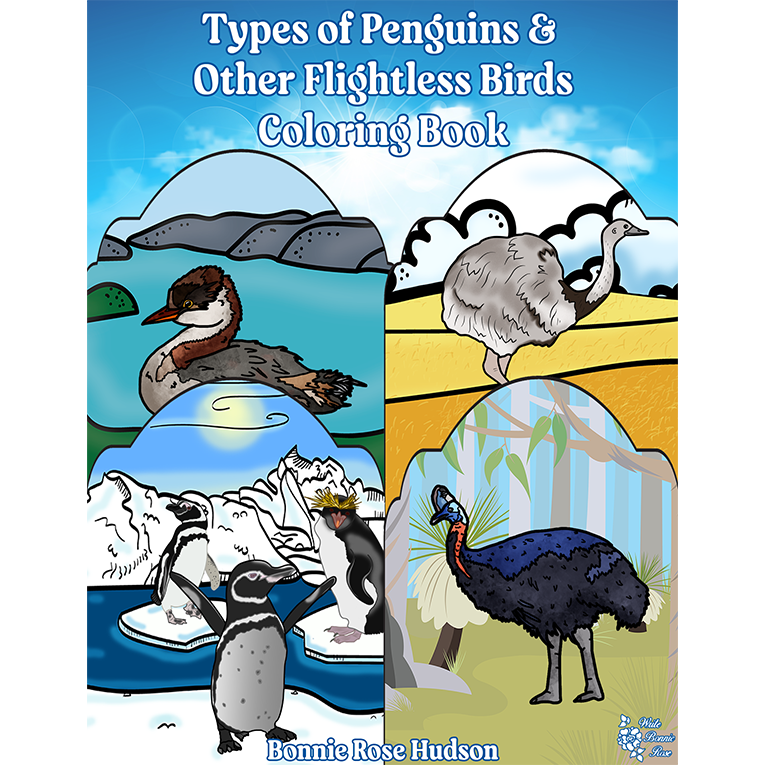
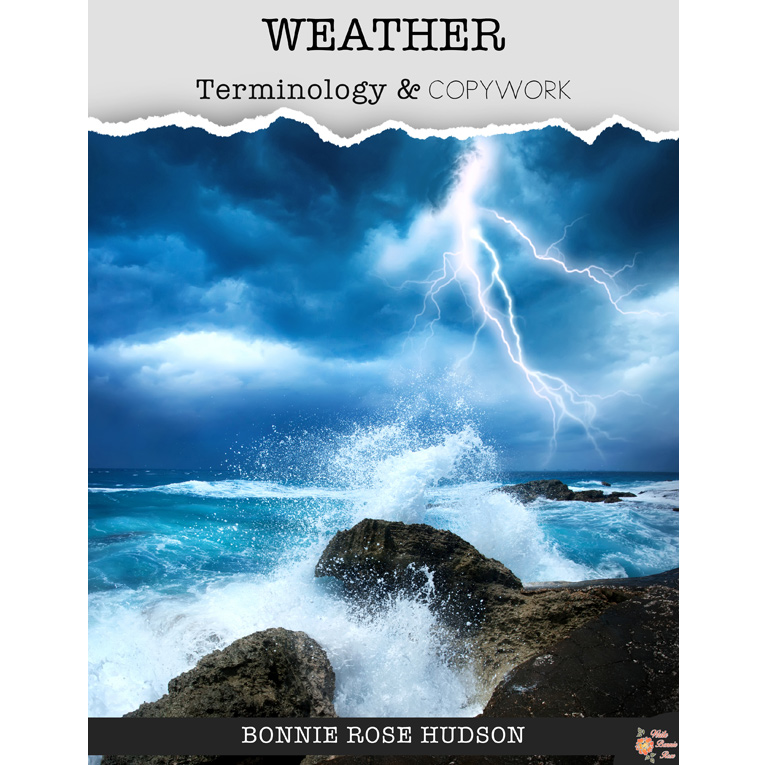
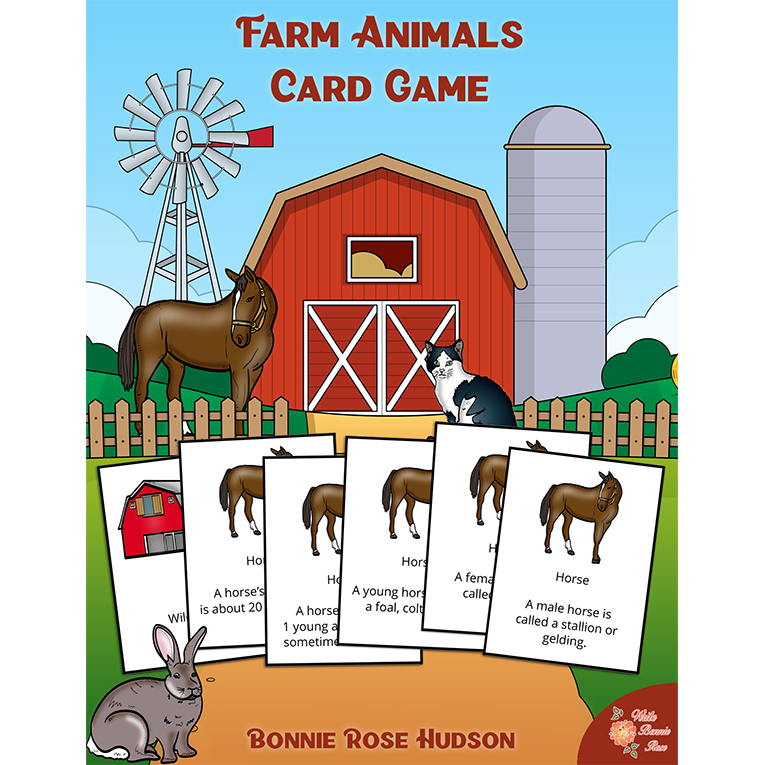
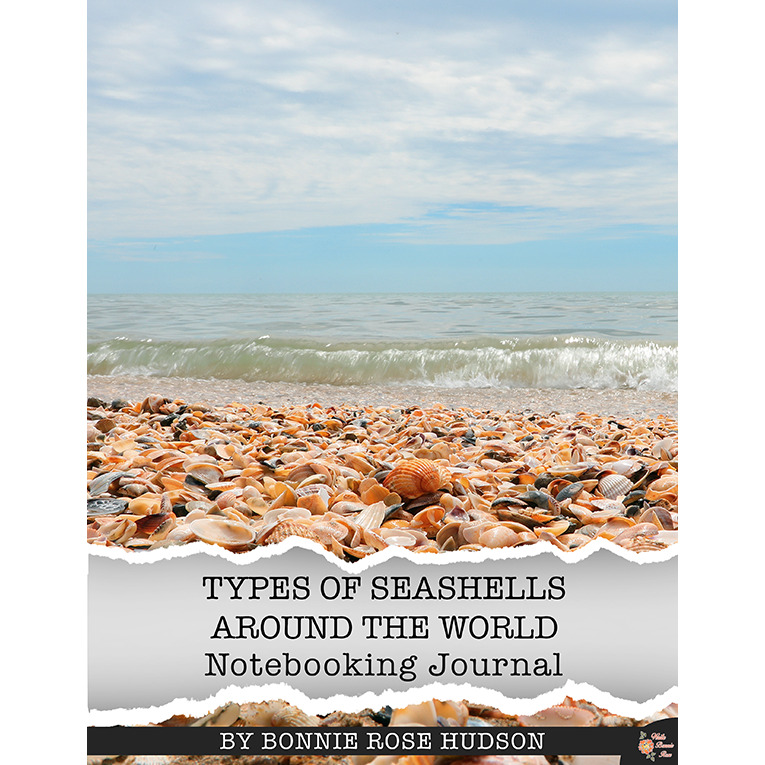
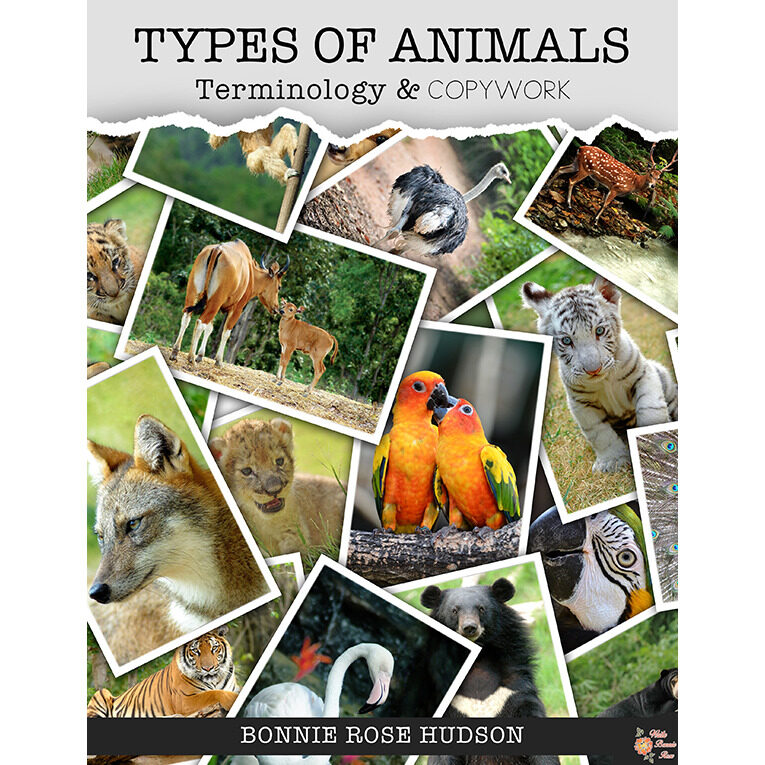
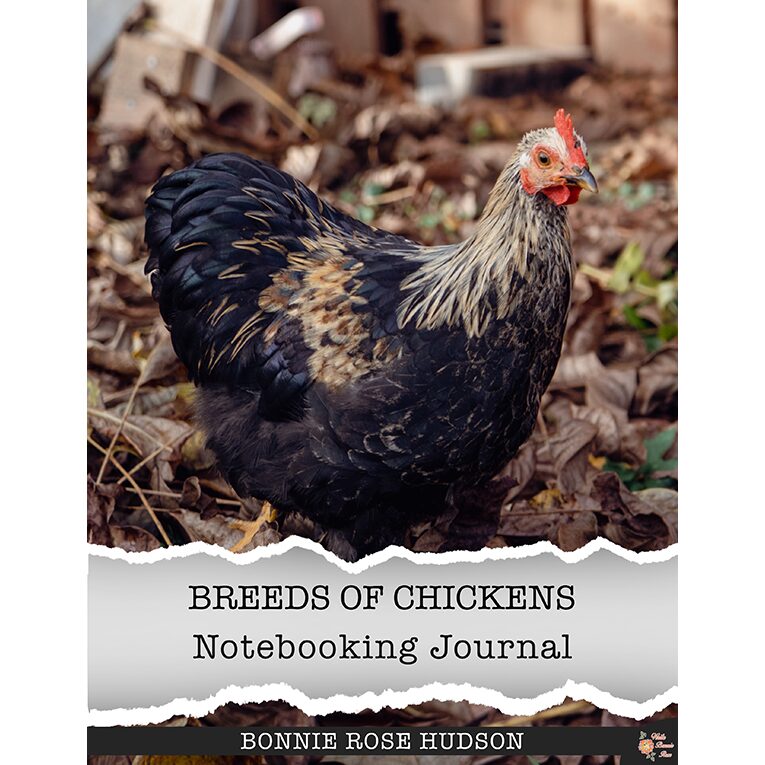
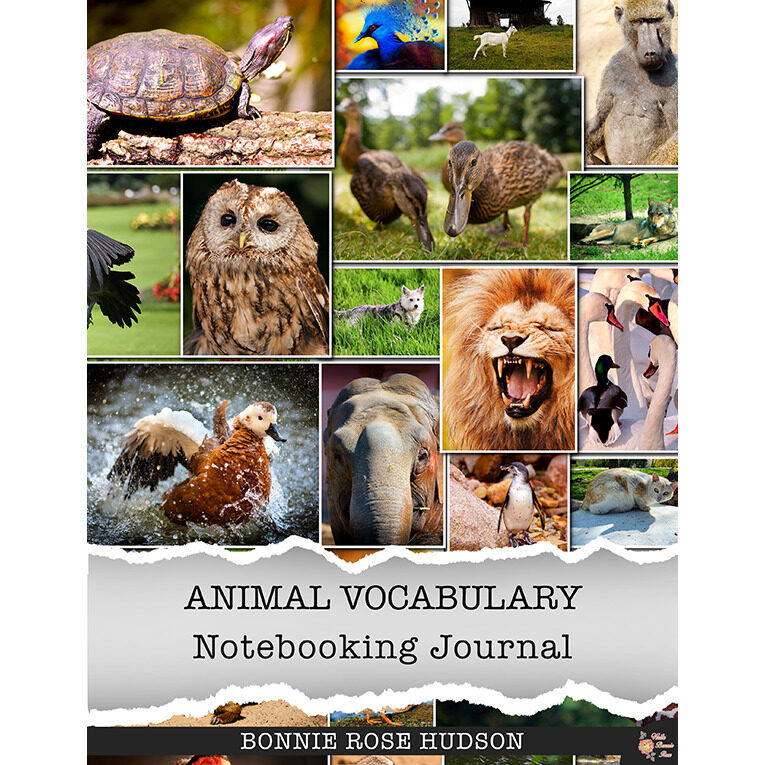
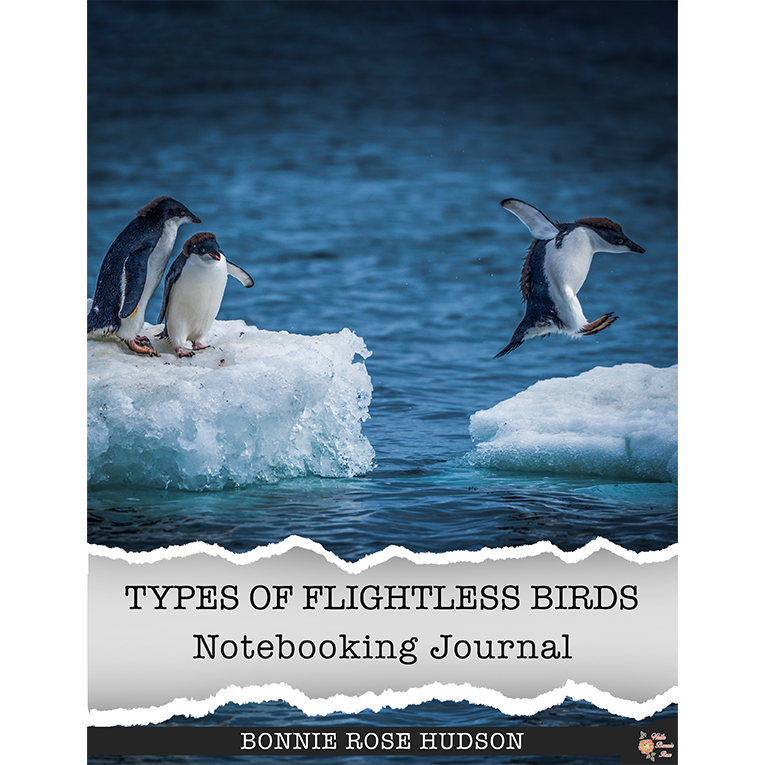
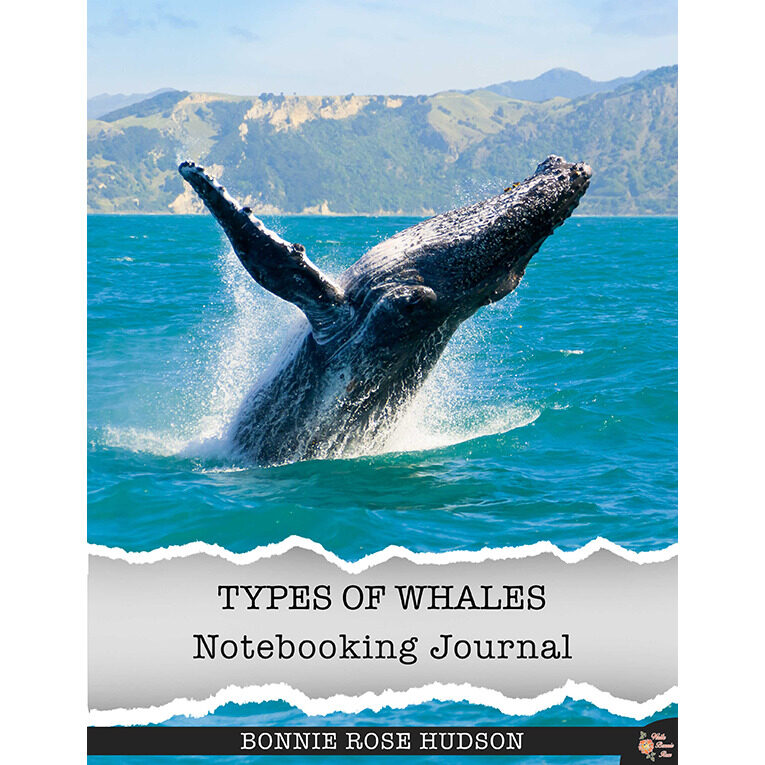
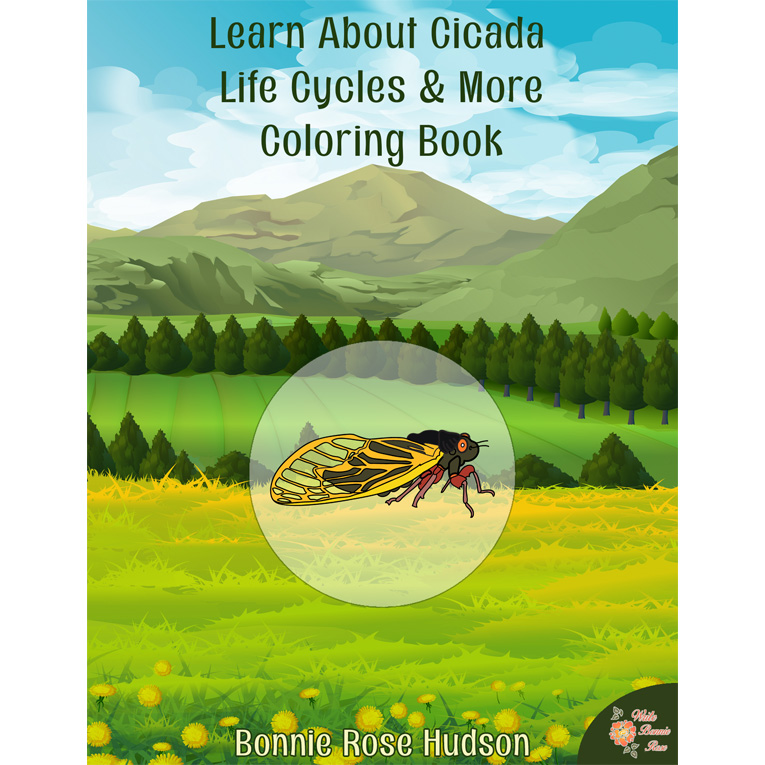
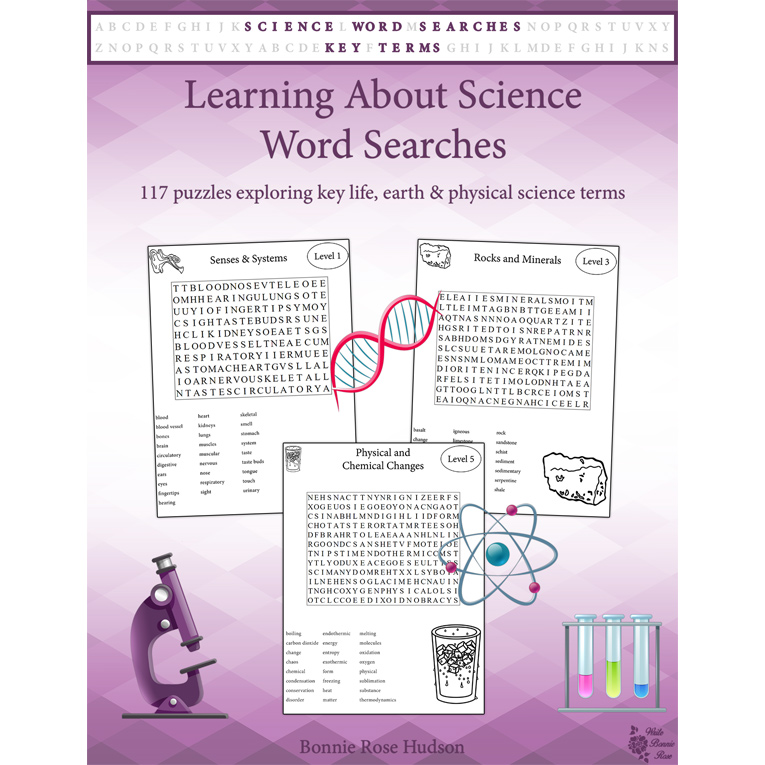
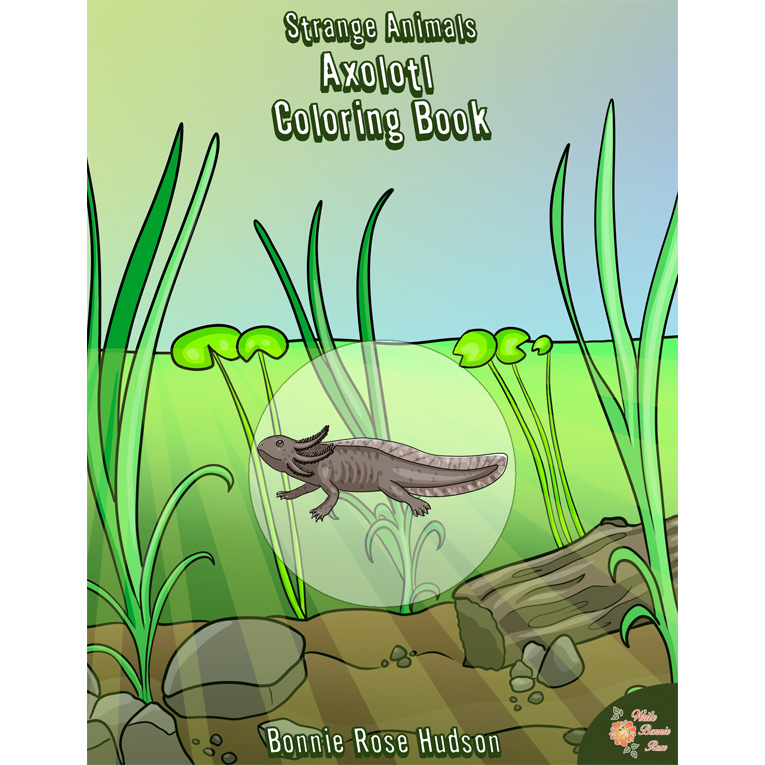
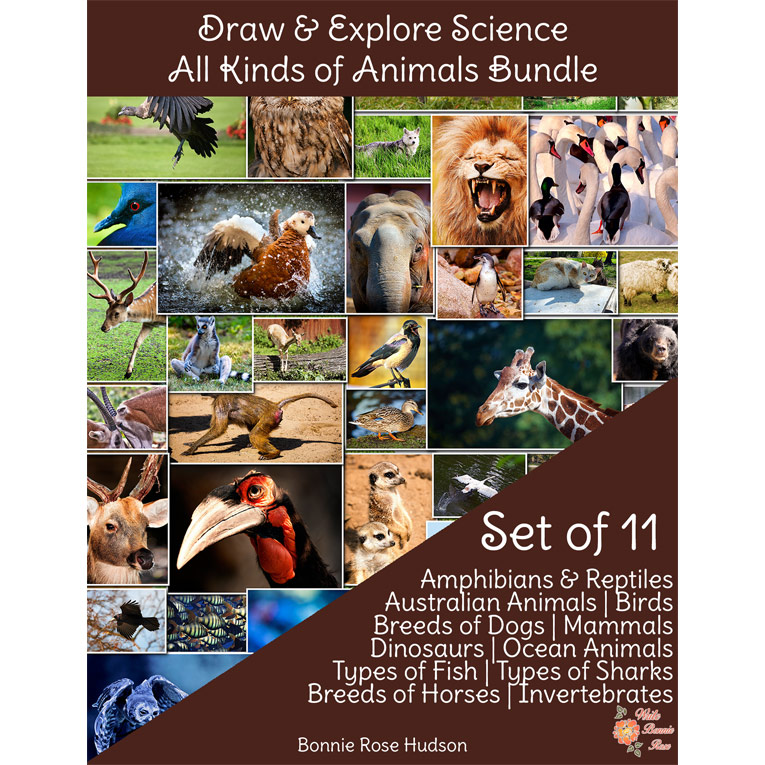
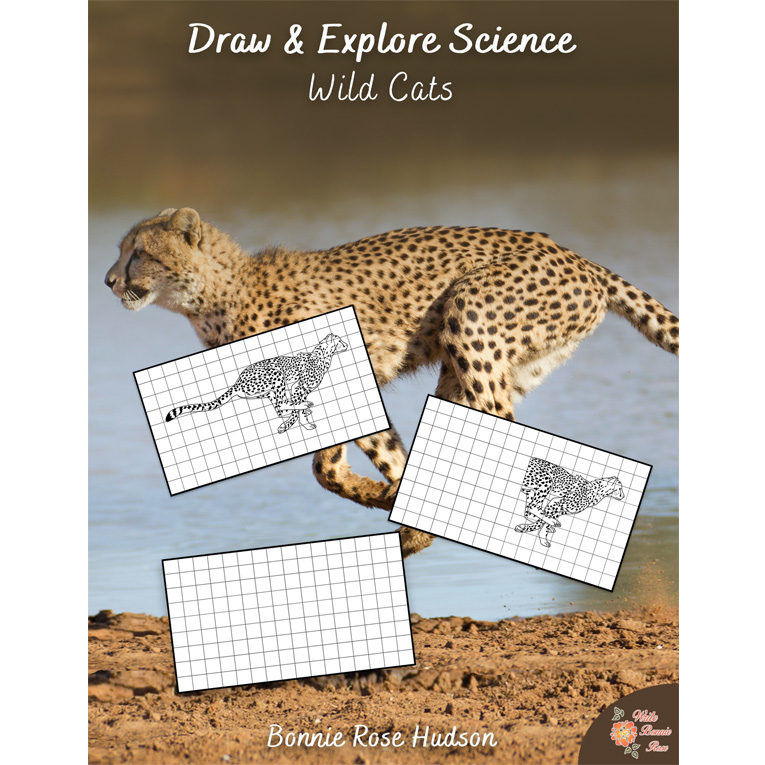
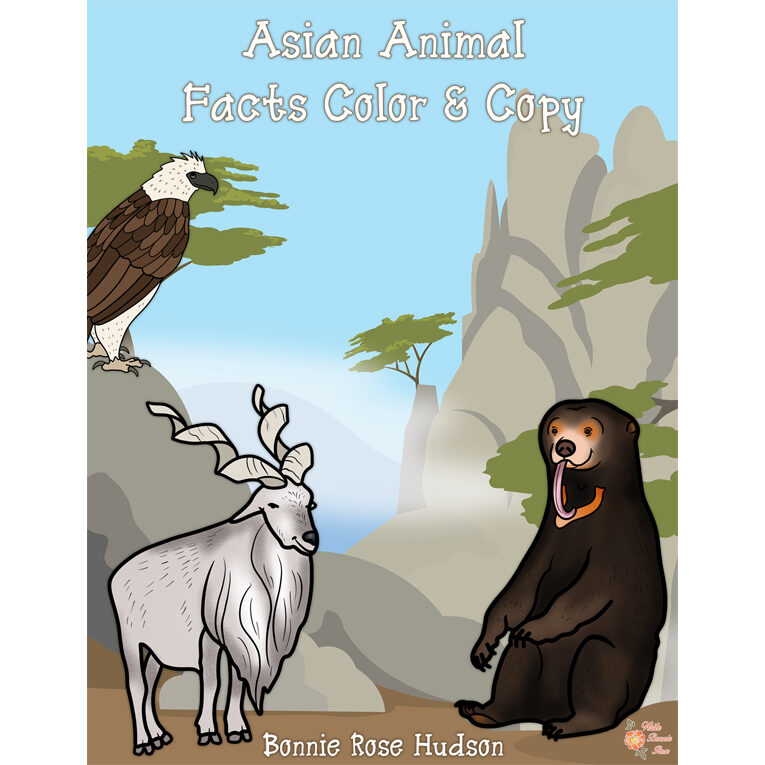
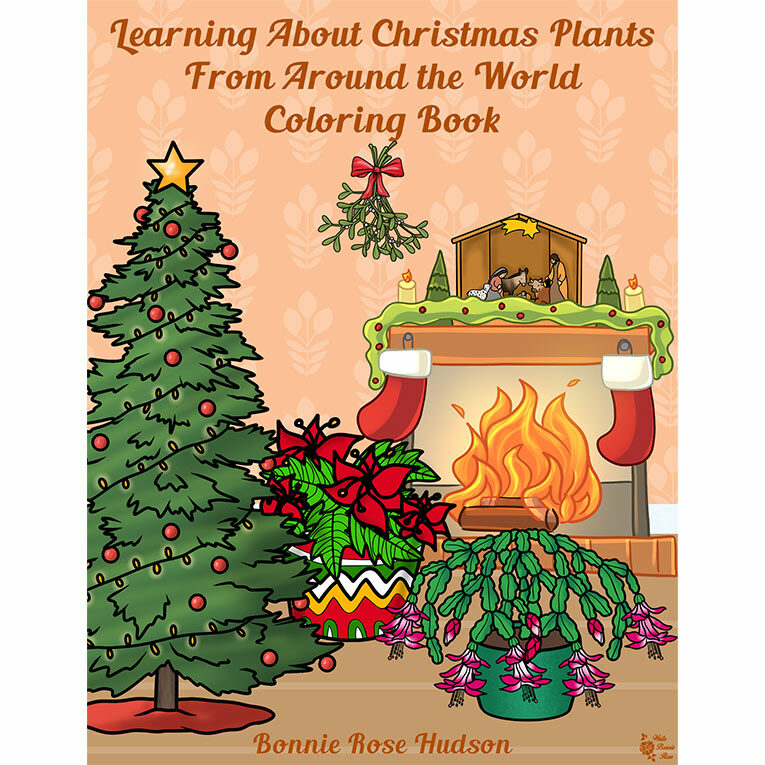
Reviews
There are no reviews yet.